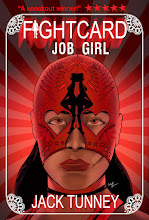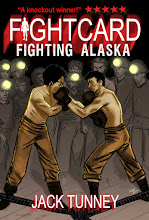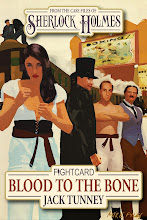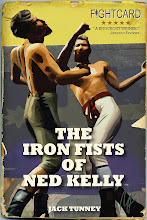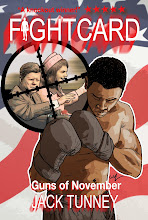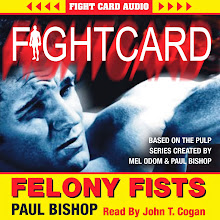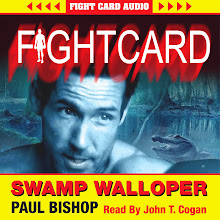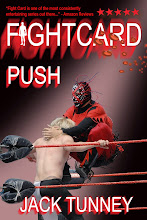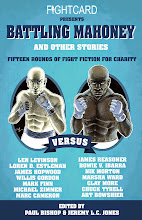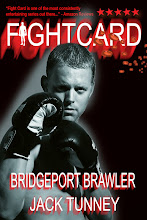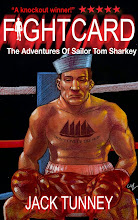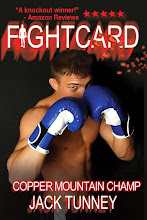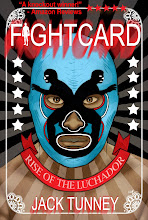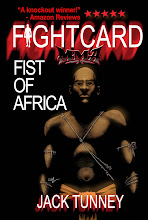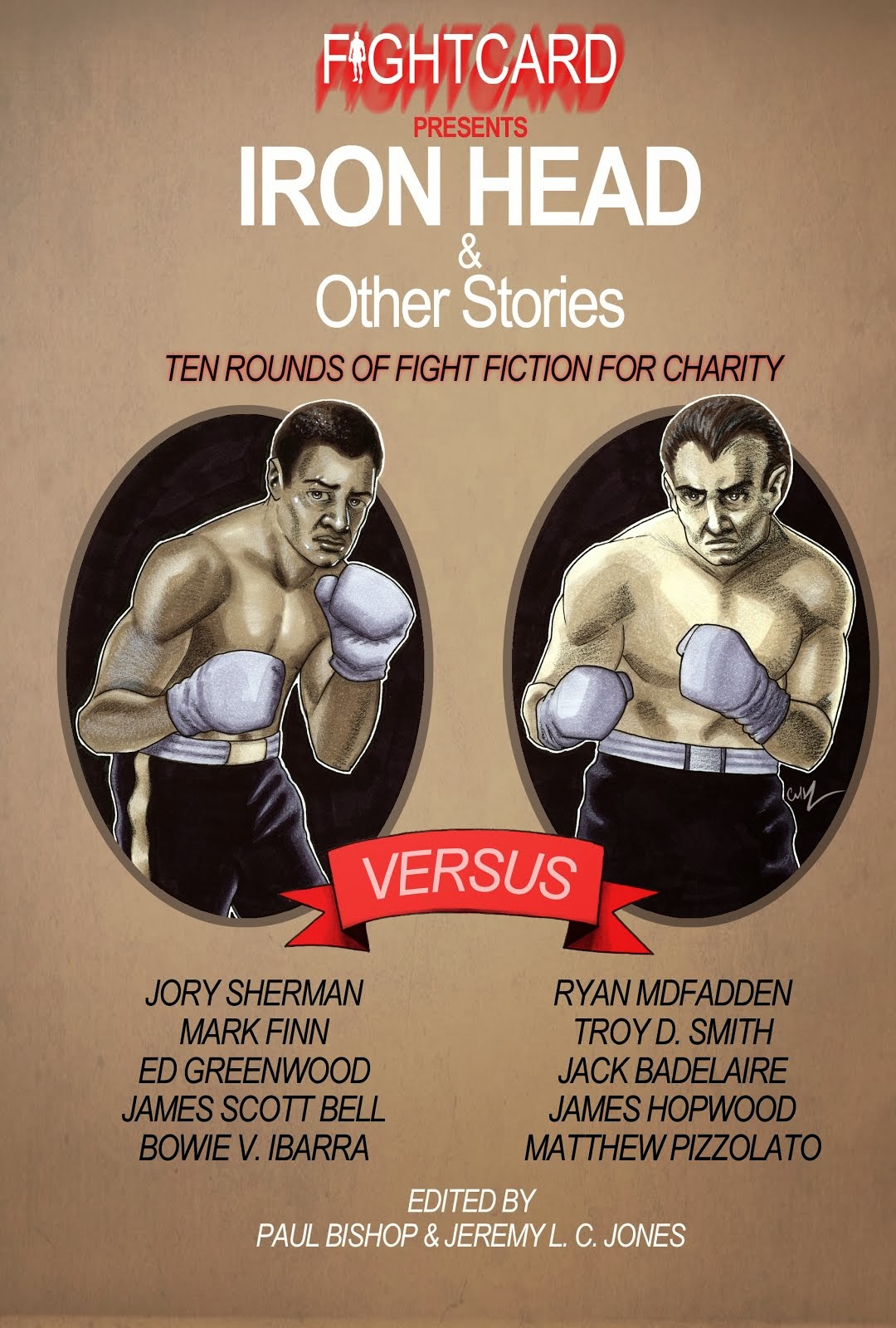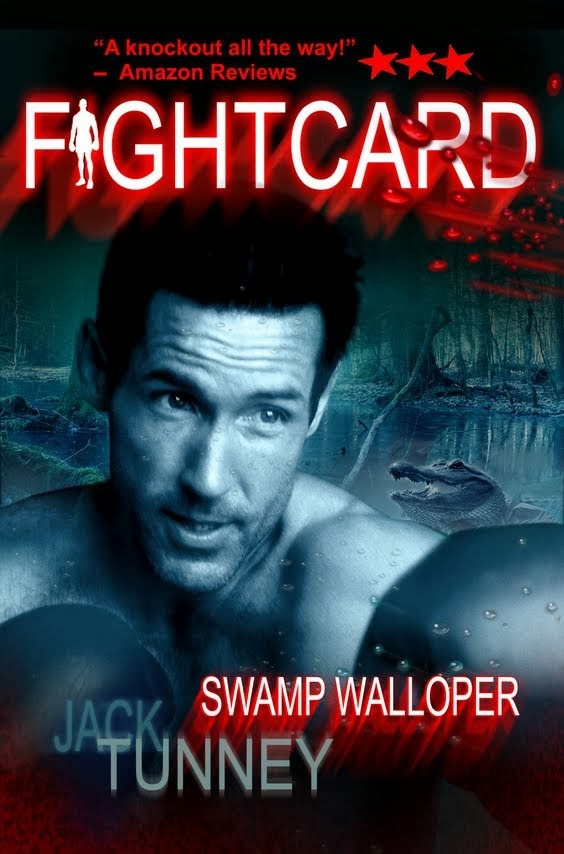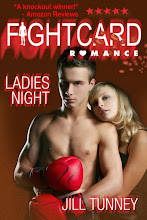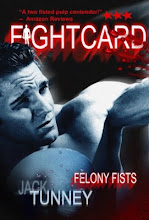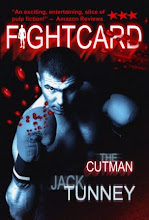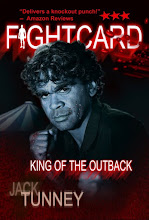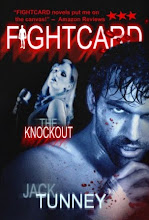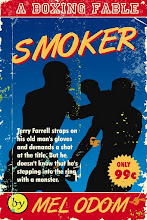This week Duane Spurlock gives us his take on writing the latest Fight Card release, Fighting Alaska…1900 Alaska…Gold, greed, and gamblers – a dangerous combination in a gold rush boomtown. Itinerant boxer Jean St. Vrain has a lifetime of rootless wandering behind him and ten years of knuckle-busting boxing, bar bouncing, and disillusionment. He wants to call quits to the fight game, but he needs a way out. Joining a mob of desperate men heading for the Alaskan gold fields, Jean is caught between crooked judges, crooked businessmen, a soiled dove, and infamous gunman Wyatt Earp and his cronies. With his future looking as harsh as the Alaskan landscape, Jean has one chance left – fight again.
DUANE SPURLOCK
Fighting Alaska came to be written thanks to several influences, which I can boil down to four: magazine articles, North Western pulp fiction, histories of the American Wild West, and movies.
First and simplest: Esquire introduced me to boxing.
Oh, I knew boxing was there – fights were broadcast on TV, and I recall the topics of Cassius Clay changing his name to Muhammad Ali and then his refusing to support the Vietnam War being loudly discussed whenever the aunts and uncles gathered during the period otherwise known as The Summer of Love. But our family was a baseball family. My father would come home Saturday afternoons for a late lunch so he could watch some of the Major League Baseball Game of the Week broadcast before returning to work.
During the evenings, he would sit in the dark on the picnic table and smoke half a cigar while listening to a game – usually the Braves, sometimes the Cardinals – on a transistor radio. After the game he would save the second half of his cigar in a tray on top of the water heater for a future game. He encouraged me to play baseball starting in the coach-pitch leagues at school starting in the summer before fifth grade. My interest in the game has continued since then.
But boxing was just something outside my ken. The closest thing to boxing I encountered was watching the weekend broadcasts of Nashville wrestling – the names and dynamics weren’t so different from the entertainment I got from reading comic books or watching Tarzan movies (which typically followed the wrestling matches).
Until I opened the Super Sports issue of Esquire, dated October 1974.
It was in a slithery stack of glossy magazines – Sports Afield, Field & Stream, Boys’ Life – at the barber shop. It was a three-chair shop, but I’d only ever seen two chairs used, one by the owner, one by whomever was his employee at the time. I’d finally outgrown the mandatory buzz cut and had been allowed to grow my hair long enough to comb it with a part. Clearly this was an auspicious sign for expanding my sporting horizons beyond the baseball diamond.
Among essays on baseball, basketball, and football, the Super Sports issue carried only a two-page spread devoted to boxing, and fewer than a dozen words, but the two photographs by Pierre Houles represented more than two thousand verbs, nouns, or adjectives: under a hyperbolic headline on page 144, Actual Size!, was a photo of George Foreman’s left fist facing a photo of Muhammad Ali’s right fist on page 145. Both were wrapped in tape. I’m sure my eyes popped like tree galls. I was flabbergasted, gob smacked, floored. Each of those clenched hands was bigger than my head!
Such was my introduction to boxing.
Like most of the rest of the country, I was swept along in the mass popularity of boxing launched by the success of the 1976 Olympic boxing team and its remarkable lineup of Sugar Ray Leonard, Leon and Michael Spinks, Howard Davis, Jr., Leo Randolph, Charles Mooney and John Tate. Even after that boom dwindled as those fighters rolled through their professional careers, I sought out and read about boxing by writers like A.J. Liebling and Hugh Fullerton – the latter better known for his investigation of the 1919 Black Sox scandal.
These pursuits eventually led me to an article in the February 1998 issue of Vanity Fair, The Outlaw Champ by Nick Tosches, which he expanded into my favorite nonfiction book on boxing, The Devil and Sonny Liston (also published later under Tosches’ original title, Night Train).
Second influence: The Wild West.
I’ve been a reader of westerns since I discovered a copy of Zane Grey’s The Lone Star Ranger at the local library. I shared a name with its protagonist – Buck Duane – and with a last name like Spurlock, I seemed destined to be interested in cowboys. Western fiction eventually led me to North Western fiction – a subgenre exploited by Jack London, James Oliver Curwood, Jules Verne, Frederick Faust (Max Brand), Ryerson Johnson, James Hendryx, Rex Beach and others. These authors anchored the plots for most of their writing in this field with the Yukon and Alaska gold rush. The extremes of the natural world in this setting – the terrible cold, snow and ice, the rugged geography serving as a barrier between the gold and men’s desire to possess it – required the writers to push their characters to the limits of their physical and mental endurance. In cases, to survive, characters had to exceed those limits.
Hemingway’s grace under pressure rarely appears in these North Western narratives. Characters go to the brink and jump into the abyss. This quality is part of what makes North Western stories appealing to me – men and women must survive in what can only be described as an alien landscape…Alien, yet still located on Earth…and these people willingly put themselves into this struggle against Nature and against human nature.
My interest in the Wild West, and thence to North Western fiction, led to the third influence on Fighting Alaska: historical studies.
I’ve read a lot of books on Wild West history, and my stories are usually informed by some element of my reading. The University of Nebraska’s Bison Books imprint is a favorite resource for me.
One of the most popular topics for historians and readers in this period is, not surprisingly, the gunfight at the OK Corral. A remarkable number of novels and movies have used this event as a dramatic focus in their narratives. The people involved were all, in one fashion or another, fascinating. As a result, I’ve read a lot of books about Wyatt Earp and Doc Holliday.
The mainstream knowledge about Earp focuses on Tombstone and its famous gunfight. But Wyatt Earp had quite a career and life beyond that 1881 shootout. And his time in Alaska during its gold rush aligns well with my interest in North West fiction and its natural (for me, at least) extension to North West history. The historical record of actual people’s experiences in the Yukon and Klondike are, in many cases, far more dramatic and violent than the fictional narratives. For example, the audacity of federal judge Arthur Noyes’ using the law to jump mining claims in Nome, Alaska, sounds more like melodrama than truth. But the North West at that time was just a colder version of the wide-open Wild West towns pictured in many, many films.
Which brings me to the fourth influence on Fighting Alaska: movies.
The obvious Hollywood productions aren’t on this list – Raging Bull, Rocky, and so forth. Instead, the movies that stuck in my mind for years and that colored Fighting Alaska in some fashion were lesser-known works that still deserve viewing: Emperor of the North (1973) and Hard Times (1975). Both films feature excellent character actors famous for their tough-guy roles – Lee Marvin, Ernest Borgnine and Keith Carradine in the former, and Charles Bronson and James Coburn in the latter.
Charles Bronson’s character in Hard Times, Chaney, is a reluctant, but effective, bare-knuckles fighter who certainly influenced the character of Jean St. Vrain in Fighting Alaska. But instead of Bronson, it was a grizzled Randolph Scott I pictured in my mind’s eye as the physical model for St. Vrain – the rough-featured Scott of those western films he made with Budd Boetticher in the late 1950s.
All these ingredients simmered in my head until the idea for Fighting Alaska bubbled up – a tale about a boxer in the North Western gold rush who meets Wyatt Earp. The Fight Card crew certainly has my thanks for providing an outlet for these characters and situations.




